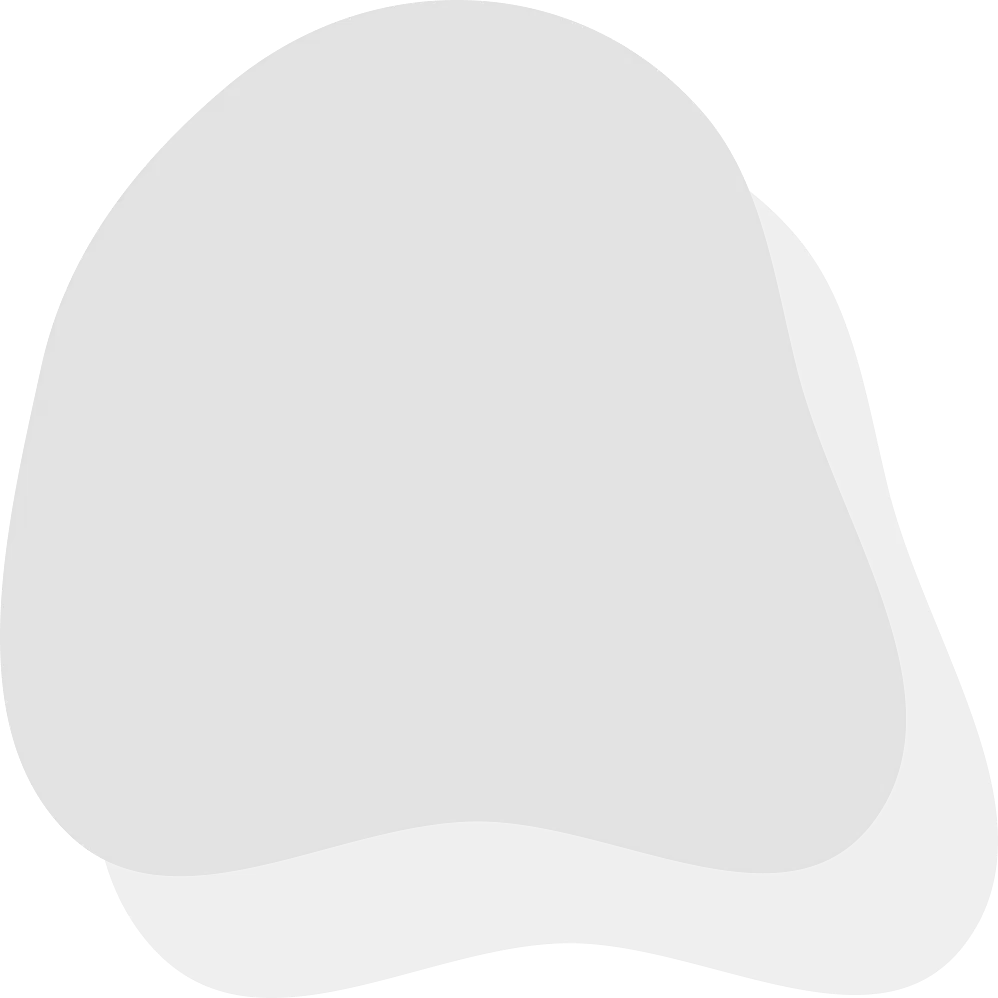The five oceans are Pacific, Atlantic, Indian, Southern, Arctic. Use a world map plus a quick memory trick (like PAISA) to spot each one fast.
What counts as an ocean?
Short kid-level definition; how oceans connect on the globe
Use DIY’s AI Homework Helper to generate a kid-friendly worksheet and a 5-question quiz on the five oceans.
Why Kids Learn About Oceans
That’s why kids often get homework questions like: What are the names of the five oceans? Learning about oceans builds a foundation for geography, science, and environmental studies.
For extra support, the AI Homework Helper can explain ocean facts, quiz kids safely, and connect oceans to everyday life.
The Five Oceans of the World

Pacific Ocean
Largest and deepest ocean, covering more area than all the land on Earth combined.
Home to the Mariana Trench, the deepest place on Earth.
Borders countries like the U.S., Japan, Australia, and Chile.
Atlantic Ocean
Second-largest ocean.
Known for the Titanic’s journey and major trade routes.
Separates the Americas from Europe and Africa.
Indian Ocean
Third-largest ocean.
Borders Africa, Asia, and Australia.
Important for global shipping and famous for tropical islands like the Maldives.
Southern Ocean
Surrounds Antarctica.
Cold, stormy waters filled with icebergs and penguins.
Officially recognized as the fifth ocean in 2000.
Arctic Ocean
Smallest and shallowest ocean.
Covered partly by sea ice year-round.
Home to polar bears, seals, and whales.
Ocean | Where it is (quick cue) |
Pacific | Between Asia/Australia and the Americas |
Atlantic | Between the Americas and Europe/Africa |
Indian | Below India; between Africa & Australia |
Southern | Surrounds Antarctica |
Arctic | Around the Arctic at the top of the globe |
👉 Curious? Ask the DIY.org homework helper tool: “Which ocean is the deepest?”
How Oceans Affect Life on Earth
Weather & Climate: Oceans store and move heat around the globe, creating weather patterns.
Food: Billions of people depend on fish and seafood.
Trade & Travel: Oceans connect countries through ships and ports.
Biodiversity: Coral reefs, whales, sharks, and millions of species live in the oceans.
Everyday Connections for Kids
Even if you don’t live near the sea, oceans affect your life daily:
The rain that waters crops evaporates from oceans.
Many foods, like tuna or shrimp, come from the ocean.
Vacations to beaches are made possible by these massive waters.
Fun Facts About the Oceans
The Pacific is so big it could fit all the continents inside it.
The Atlantic is home to the Bermuda Triangle mystery zone.
The Indian Ocean is the warmest of all oceans.
The Arctic is shrinking as global temperatures rise.
The Southern Ocean has the strongest winds on Earth.
👉 Try asking the AI Homework Helper: “What are five fun facts about the Pacific Ocean?”
Tips for Parents Helping With Geography Homework
Use a globe or atlas. Have kids trace ocean boundaries and follow coastlines with a finger, then find the same places on a map.
Make it real. Link lessons to everyday life, vacations by the Pacific or Atlantic, foods from different continents, or animals that live in each ocean.
Encourage questions. When “Why is the ocean salty?” comes up, look it up together and compare answers on a map or globe. Try the kid-safe AI Homework Helper for quick clarifications.
Practice map skills. Review the compass rose, scale bars, and legends. Ask kids to find north, measure distance, and spot neighboring countries.
Discuss conservation. Talk about plastic pollution, overfishing, and how small habits—recycling, using less single-use plastic help protect our oceans.
Do mini challenges. Time: a “find the five oceans” race, label continents, or identify two countries that share a border and an ocean.
Oceans: Frequently Asked Questions for Kids
What are the names of the five oceans?
Pacific, Atlantic, Indian, Southern, and Arctic.
Which ocean is the largest?
The Pacific Ocean.
Which ocean is the smallest?
The Arctic Ocean.
Why are oceans salty?
Salt comes from rocks on land and underwater vents.
How deep are the oceans?
The Mariana Trench in the Pacific is about 36,000 feet deep.
When was the Southern Ocean recognized?
In 2000, by the International Hydrographic Organization.
The Bottom Line
The five oceans Pacific, Atlantic, Indian, Southern, and Arctic cover most of Earth and shape our lives every day.
For kids, learning about oceans is more than memorizing names it’s about connecting to climate, animals, and the environment. And with the DIY.org homework helper tool, kids can keep exploring safely, practice quizzes, and build knowledge that lasts.




